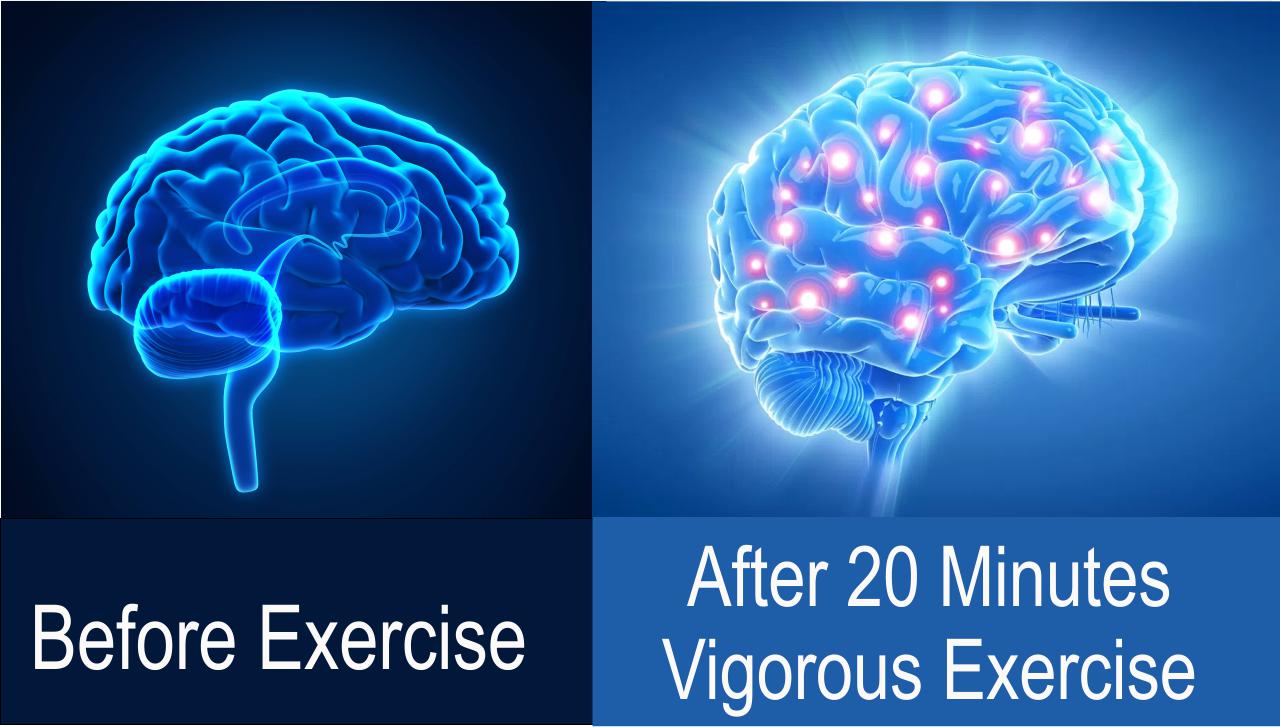Study reveals that in older adults, even 20 minutes of moderate physical activity can protect against cognitive decline
It’s widely-known that exercise has a positive effect on the body and metabolic health. Less-studied is how exercise affects the brain, particularly where in the brain the effects are seen. Researchers from the German Center for Neurodegenerative Diseases have conducted a new study addressing this. They reveal how the intensity of exercise plays a vital role in brain volume, particularly in areas linked to cognitive decline.
The team used data from a previous work by the same organization called the Rhineland Study, which is a large study that analyzed physical activity from 2,550 volunteers ages 30 to 94 years. Participants wore an accelerometer on their upper thigh for seven days to track exercise. To track brain activity, magnetic resonance imaging (MRI) was used, and the scans generated information on brain volume and thickness of the cortex. To specifically characterize where in the brain physical activity benefited most, the researchers searched several databases for genes that are active in the brain areas investigated.
Results show that physical activity plays an invaluable role in almost all of the brain regions, and a trend was also discovered. Study authors say that with more intense physical activity, the larger the brain regions actually were in volume and thickness of cortex.
However in elderly people, they found the sharpest increase in volume across the board with only moderate levels of activity. This may mean that even 15-20 minutes of exercise may be protective against neurodegeneration, which is most prevalent in this demographic.
Through the gene search, the researchers found additional key information to help understand the brain’s response to exercise.
“Mainly, these were genes that are essential for the functioning of mitochondria, the power plants of our cells,” says Fabienne Fox, neuroscientist and lead author of the study. This means that there are high amounts of mitochondria in these areas, which the team thinks makes sense. The mitochondria provide the body with energy and require lots of oxygen to do so, which may explain why certain regions with these genes benefit to such an extent from physical activity.
The researchers believe that this work may provide valuable insight into neurodegeneration prevention measures in younger people, since their findings suggest that diseases like Alzheimer’s and Parkinson’s can be prevented in part due to exercise.
Their work may also offer improved frameworks and clinical recommendations given to the elderly who suffer from these diseases to help them better protect their brain from further deterioration. “With our study, we were able to characterize brain regions that benefit from physical activity to an unprecedented level of detail,” says Ahmad Aziz, head of the research group “Population and Clinical Neuroepidemiology” at DZNE. “We hope our results will provide important leads for further research.”
This study is published in the journal Neurology.
- Mutton and Karlston
-

 2
2



Recommended Comments
There are no comments to display.
Join the conversation
You can post now and register later. If you have an account, sign in now to post with your account.
Note: Your post will require moderator approval before it will be visible.